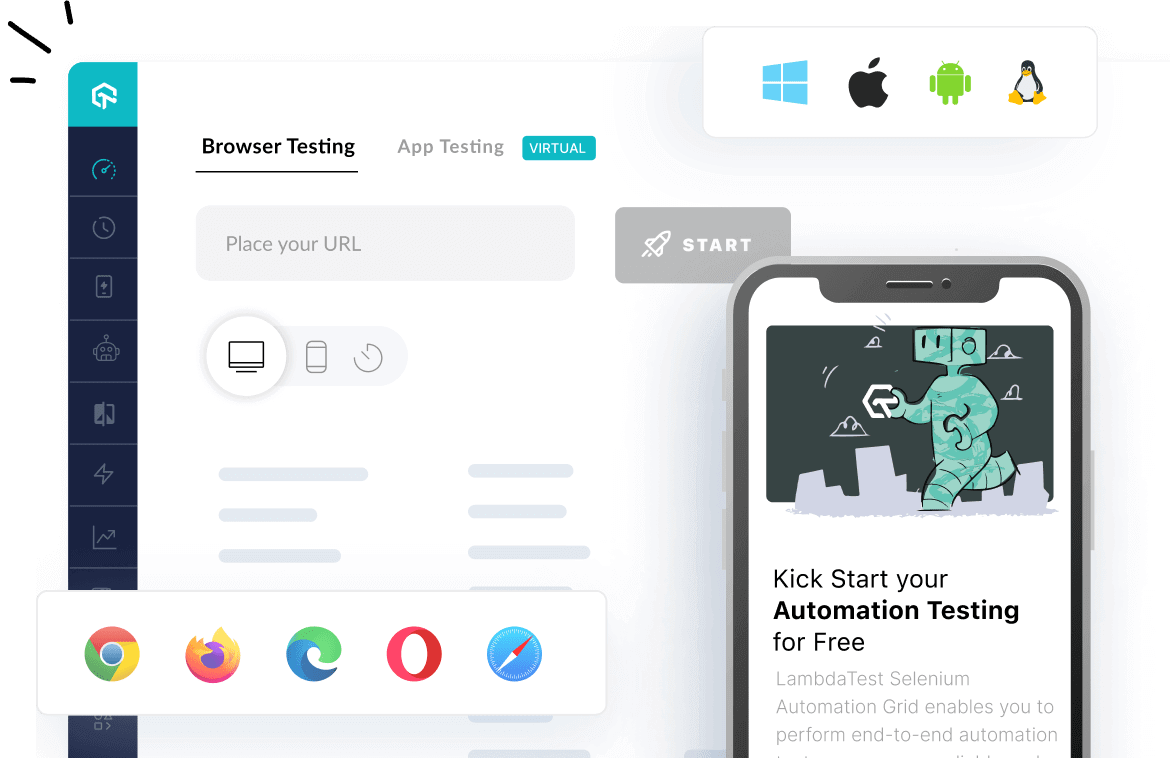How to use withStrictOrdering method of org.amshove.kluent.EquivalencyAssertionOptions class
Best Kluent code snippet using org.amshove.kluent.EquivalencyAssertionOptions.withStrictOrdering
Equivalency.kt
Source:Equivalency.kt
...318 remainingItemIndicesOnExpectedList.add(i)319 }320 val options = equivalencyAssertionOptions?.invoke(EquivalencyAssertionOptions())321 ?: EquivalencyAssertionOptions()322 if (options.withStrictOrdering) {323 var areEquivalentWithStrictOrdering = true324 for (i in actualList.indices) {325 val deepEquals = areEquivalent(0, actualList[i], expectedList[i], options)326 if (!deepEquals) {327 areEquivalentWithStrictOrdering = false328 }329 }330 if (!not.xor(areEquivalentWithStrictOrdering)) {331 for (i in actualList.indices) {332 actualList[i].toStructuredString(0, actualStructure)333 expectedList[i].toStructuredString(0, expectedStructure)334 }335 val exceptionMessage = "Are not equivalent with strict ordering:"336 if (errorCollector.getCollectionMode() == ErrorCollectionMode.Soft) {...EquivalencyAssertionOptions.kt
Source:EquivalencyAssertionOptions.kt
...7 private var _compareByProperties: Boolean = true8 private var _excludingNestedObjects: Boolean = false9 private var _allowingInfiniteRecursion: Boolean = false10 private var _maxLevelOfRecursion = 1011 private var _withStrictOrdering: Boolean = false12 internal var compareByProperties13 get() = _compareByProperties14 private set(value) {15 _compareByProperties = value16 }17 internal val includedProperties: MutableList<KProperty1<*, *>> = mutableListOf()18 internal val excludedProperties: MutableList<KProperty1<*, *>> = mutableListOf()19 internal var excludingNestedObjects20 get() = _excludingNestedObjects21 private set(value) {22 _excludingNestedObjects = value23 }24 internal var allowingInfiniteRecursion25 get() = _allowingInfiniteRecursion26 private set(value) {27 _allowingInfiniteRecursion = value28 }29 internal var maxLevelOfRecursion30 get() = _maxLevelOfRecursion31 internal set(value) {32 _maxLevelOfRecursion = value33 }34 internal var withStrictOrdering35 get() = _withStrictOrdering36 private set(value) {37 _withStrictOrdering = value38 }39 fun compareByProperties(): EquivalencyAssertionOptions {40 compareByProperties = true41 return this42 }43 fun notCompareByProperties(): EquivalencyAssertionOptions {44 compareByProperties = false45 return this46 }47 fun excluding(property: KProperty1<*, *>): EquivalencyAssertionOptions {48 excludedProperties.add(property)49 return this50 }51 fun including(property: KProperty1<*, *>): EquivalencyAssertionOptions {52 includedProperties.add(property)53 return this54 }55 fun excludingNestedObjects(): EquivalencyAssertionOptions {56 excludingNestedObjects = true57 return this58 }59 fun allowingInfiniteRecursion(): EquivalencyAssertionOptions {60 allowingInfiniteRecursion = true61 return this62 }63 fun withStrictOrdering(): EquivalencyAssertionOptions {64 withStrictOrdering = true65 return this66 }67}...withStrictOrdering
Using AI Code Generation
1 val expected = listOf(1, 2, 3, 4, 5)2 val actual = listOf(1, 2, 3, 4, 5)3 val expected = listOf(1, 2, 3, 4, 5)4 val actual = listOf(1, 2, 3, 4, 5)5 val expected = listOf(1, 2, 3, 4, 5)6 val actual = listOf(1, 2, 3, 4, 5)7 val expected = listOf(1, 2, 3, 4, 5)8 val actual = listOf(1, 2, 3, 4, 5)9 val expected = listOf(1, 2, 3, 4, 5)10 val actual = listOf(1, 2, 3, 4, 5)11 val expected = listOf(1, 2, 3, 4, 5)12 val actual = listOf(1, 2, 3, 4, 5)Automation Testing Tutorials
Learn to execute automation testing from scratch with LambdaTest Learning Hub. Right from setting up the prerequisites to run your first automation test, to following best practices and diving deeper into advanced test scenarios. LambdaTest Learning Hubs compile a list of step-by-step guides to help you be proficient with different test automation frameworks i.e. Selenium, Cypress, TestNG etc.
LambdaTest Learning Hubs:
- JUnit Tutorial
- TestNG Tutorial
- Webdriver Tutorial
- WebDriverIO Tutorial
- Protractor Tutorial
- Selenium 4 Tutorial
- Jenkins Tutorial
- NUnit Tutorial
- Jest Tutorial
- Playwright Tutorial
- Cypress Tutorial
- PyTest Tutorial
YouTube
You could also refer to video tutorials over LambdaTest YouTube channel to get step by step demonstration from industry experts.
Most used method in EquivalencyAssertionOptions
Try LambdaTest Now !!
Get 100 minutes of automation test minutes FREE!!

